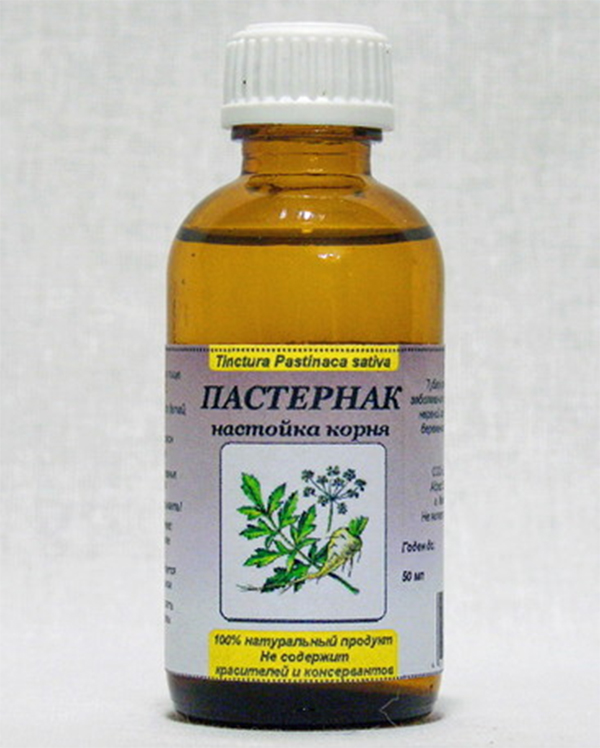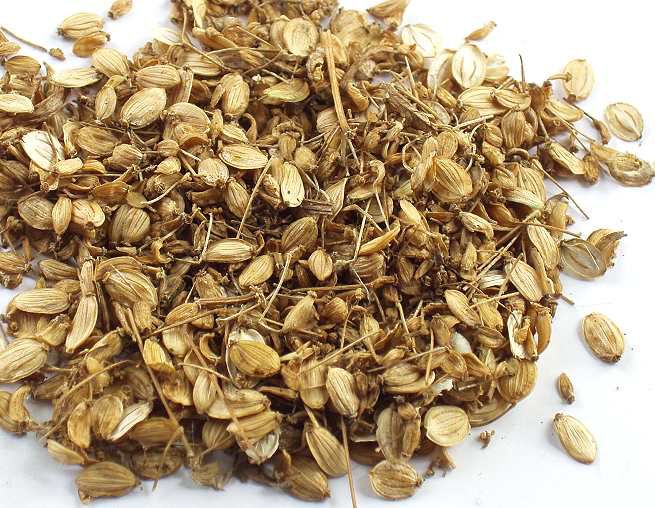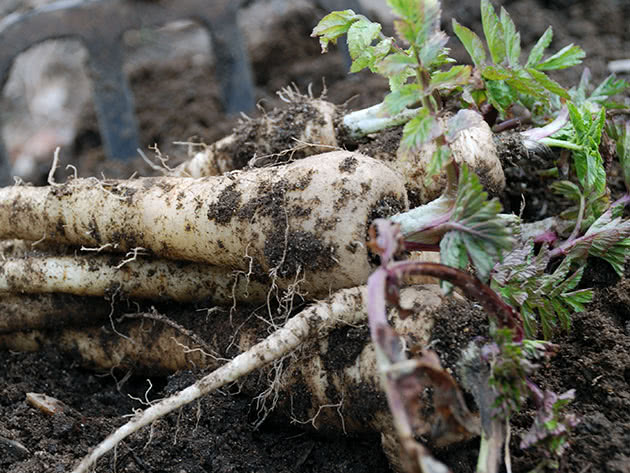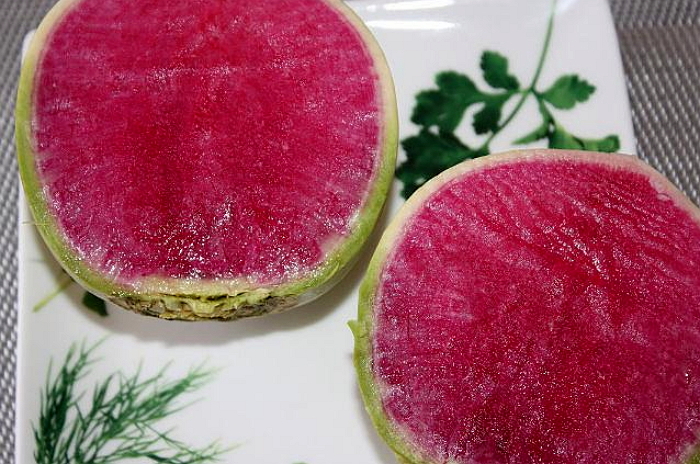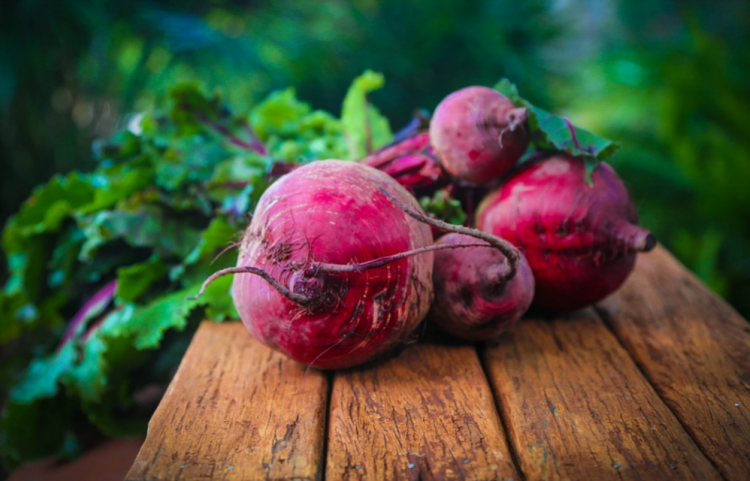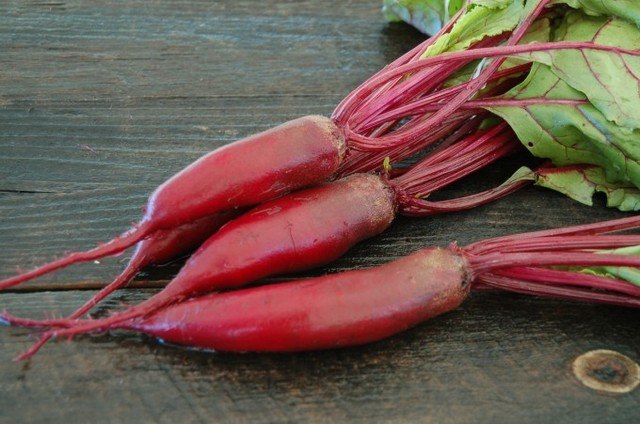Parsnip is a biennial or perennial herb that belongs to the Umbrella (Celery) family. The vegetable parsnip has recently become more and more popular in terms of its planting in garden plots.
Description of culture
Before considering a parsnip vegetable from the standpoint of useful properties, you should understand what a parsnip plant looks like and where it grows. As for the wild parsnip, its range extends mainly to Europe and Asia Minor. In Russia, culture can be found in the North Caucasus.
Despite the fact that the first mentions of the parsnip root are found in some sources back in the XII century, the vegetable received true recognition only in the XVIII century. Today the parsnip plant is known and grown all over the world as a fodder and vegetable crop.
The plant is especially highly valued by beekeepers, since the honey that is obtained during the flowering period of parsnips has high quality characteristics.
The plant likes well-drained loose soil and sunny, unshaded areas.
Parsnip leaf is pinnate, compound, consisting of 2-7 pairs of small ovoid leaves.
The flowers of the plant are small, bright yellow, growing in inflorescences of 5-15 rays. The plant blooms, depending on the climatic characteristics of the planting region, in July or August.
There are spherical and cone-shaped varieties of root crops. In section, the parsnip root is dangerously yellowish, closer to gray or brown.
Useful and dangerous properties
What exactly parsnips are useful for, people have known for more than a year. This is a very valuable product that is widely used in cooking and traditional medicine. And if only the root component of the culture is used for food, then not only roots, but also foliage are used for medicinal purposes.
If you eat parsnips on a regular basis, you can achieve the following results:
- reduce pain in different types of colic (stomach, renal, hepatic);
- improve immunity;
improve body tone; - get rid of cough;
- neutralize vitiligo and age spots;
- cleanse the body of toxins;
- reduce sugar in a disease such as diabetes;
- accelerate recovery from colds (viral and infectious);
- prevent the development of dementia;
- for men - to improve potency;
for women - to eliminate inflammation in the pelvic area.
Vegetable parsnips are especially recommended for pregnant women. It will minimize the risk of edema, osteoporosis and anemia.
If we talk about the dangerous properties of the plant or about contraindications to its use, it should be noted that to date, none have been identified. Allergic reactions to the vegetable were also not recorded.
The only danger that awaits a gardener who decides to grow parsnips as a root crop is the likelihood of getting a burn on contact with wet foliage. Especially safety rules should be observed by persons who by nature have light skin, sensitive to all kinds of influences.
Growing
Many have heard about the parsnip plant and the methods of its use. Many even know how it tastes. But a rare gardener knows how to properly grow this crop. The cultivation of a vegetable such as root parsnip is carried out in two ways:
- seedlings;
- seeds.
Both options have the right to exist, and the choice in favor of the first or second option is made by the gardener, depending on his personal preferences.
It is best to sow the seeds one year after harvesting. Older seed may simply not sprout. In this regard, it is very important to buy seeds exclusively from reliable suppliers.
Sowing
The timing of sowing parsnips in open ground may vary, depending on the region of planting and the wishes of the gardener himself. Since the culture is cold-resistant, if desired, it can be sown from February to May. The earlier you need to get a crop, the earlier you should plant the plant.
Since parsnip seeds germinate very slowly, they must be prepared in advance for sowing. First, you should soak them in water for a day, and after draining the water, leave them wet in a cloth. The latter must be placed in a plastic container with a lid or tightly wrapped in a plastic bag (it is important not to allow the planting material to dry out). Seeds should be rinsed, ventilated and put back in a cloth about once every three days. Seeds begin to hatch after about one and a half to two weeks. After that, the planting material will only have to be hardened in the freezer and you can begin to prepare the soil for sowing.
If parsnip is supposed to be grown from seedlings, you should be very careful when transplanting it. Even the slightest damage to the root system can lead to the death of a young plant. If the plant survives, then the root crop is likely to be forked or bent.
Care
Parsnips are unpretentious in care. It is enough to fulfill the following conditions:
- keep the soil moist;
- remove weeds in a timely manner;
- loosen the row spacing.
Care is greatly simplified when the parsnip plant has greens. Since its foliage is dense, the culture itself suppresses the weeds, and they practically do no harm.
In addition, it is allowed to make one or a couple of dressings. But this manipulation is necessary only if the soil is poor enough in composition. You can use organic matter: cow dung or bird droppings. In the second half of the growing season with top dressing should be completed - the root crop may overgrow and crack.
Some attention should be paid to pest control, despite the fact that it does not have a large number of enemies.It can be attacked by caraway moth, carrot and celery fly, but only if they do not find their main culture.
Of the diseases, the root crop is more susceptible to various rot, which most often occur at the stage not of growth, but of storage of the parsnip product. Rot is usually fought with prevention. A similar method should be used to avoid other diseases such as powdery mildew.
Harvest
Since parsnips tolerate low temperatures well, they can be removed from the garden almost before frost. Even if the culture survives minor frosts, the benefits of the root crop and its ability to long-term storage will not decrease.
In order not to harm the root crop, it is recommended to use a pitchfork rather than a shovel to dig out the crop from the ground. They will allow you to act in a more gentle way. Since the tops of the plant are quite stinging, gloves cannot be dispensed with.
Storing parsnips is not easy. He is most comfortable in a humid room. But it is precisely these conditions that the pathogenic flora loves. Excessive dryness is also contraindicated for the plant - the root crop dries quickly, and its taste is lost.
The storage of vegetables is easiest for residents of the southern regions. They may not dig out the crop at all, and leave it to winter in the beds, collecting as needed.
Having figured out how to grow parsnips and what it is, perhaps some gardeners will decide to try growing a crop in their garden. The plant is not the most popular in our country, but its benefits are so high that you just need to try to get a harvest of parsnips in your area.

